On March 20, Elon Musk’s Neuralink revealed the identity of the first person to receive one of its brain implants — and the young man appears to be hugely grateful for the “life changing” technology.
The background: Brain-computer interfaces (BCIs) translate signals in the brain into commands for machines, computers, and robotic limbs. While some brain signals can be detected noninvasively, with EEG headsets, implants installed inside the skull are vastly more powerful and precise.
While existing BCIs are generally designed to help people with health issues, such as paralysis, Musk’s Neuralink is on a mission to develop a BCI so safe and effective that anyone could, theoretically, get one to control phones, computers, or other tech with their mind.
Meet Noland: In January, Musk announced that Neuralink had implanted its tech in a person for the first time and that the patient was “recovering well.” He also reported that the BCI was showing promising signs of being able to detect spikes in brain activity.
Neuralink has now used an X livestream to introduce the world to that first patient: 29-year-old Noland Arbaugh, who was left paralyzed from the shoulders down following a diving accident eight years ago.
During the livestream, which lasted about nine minutes, Arbaugh said the surgery to implant the Neuralink tech was “super easy” and that he was able to go home from the hospital the day after the procedure.
He also explained how the Neuralink team helped him train the BCI so that he could move a cursor on a computer screen simply by thinking about where he wanted it to go — prior to this, he had to use a mouth stick to operate tech devices.
In the video, Arbaugh shows how he uses the Neuralink tech to play online chess and recounts how he spent one of his first nights in control of the BCI playing the video game Civilization 6 for eight hours straight — basically as long as he could before needing to recharge the battery.
“The only way I could play it [before] was through an iPad and that didn’t allow me to play online at all, so that kind of sucked to begin with,” said Arbaugh.
He also needed to be sitting up to use the iPad, which meant he needed one of his family members to be available to move him every so often to avoid pressure sores. With the Neuralink system, he can play from bed after everyone else is asleep.
“It just wasn’t really feasible for me to play a full game or anything, and now I can literally just lie in bed and play to my heart’s content,” said Arbaugh.
The Neuralink advantage: BCIs that enable people to control computer cursors with their mind aren’t new — the first one was demonstrated in a paralyzed man in 1998.
It took that patient nine months to learn to clumsily control the cursor with significant effort, though, and Arbaugh appears to be expertly moving it less than two months after his surgery, while also casually chatting with a Neuralink engineer — a sign of how far we’ve come.
Other groups have demonstrated similar progress, but one thing that sets Neuralink’s implant apart, according to John Donoghue, a Brown University neuroscientist recognized as a pioneer in the field of BCIs, is that the tech is fully implanted.
Almost every other BCI requires patients to have “ports” in their skulls that can then be connected to cables or to external devices that wirelessly transmit data to a machine, but that’s not the case with Neuralink.
“They have a wireless system,” Donoghue told Freethink. “They jumped to the inside. That makes it much closer to a viable commercial product. There’s no hole in the skin, no plug in the head, no wires — that was our dream.”
The potential: Now that Neuralink has demonstrated that its tech can work in a person, the next steps will be figuring out all the ways to improve the system, and in that regard, it’s facing the same challenges as other BCI developers.
“I liken all these things to being like walkie talkies back at World War II level,” Donoghue told Freethink. “You know, they worked, they could communicate, but compared to what we can do today, they were pretty crummy.”
“We need — just like those devices needed — smaller batteries, faster communication, more efficient wireless, more bandwidth,” he continued. “Even what Neuralink has now is still not carrying all that many signals that we could potentially carry.”
While Arbaugh notes in the livestream that there’s still room for improvement with his BCI, he also appears hugely grateful for the abilities it’s already given him and incredibly optimistic about where the tech is headed.
“It’s not perfect … I don’t want people to think that this is the end of the journey — there’s still a lot of work to be done — but it has already changed my life,” he said.
“I want to thank Neuralink for doing this, for working hard every day to make this a reality,” he added. “I think that they are going to change the world.”


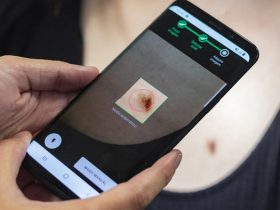


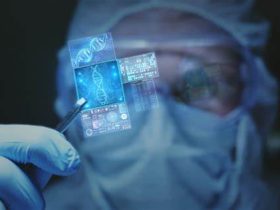














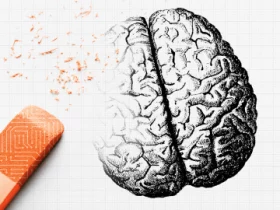

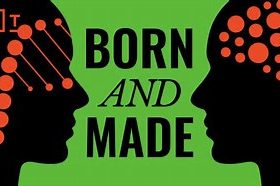
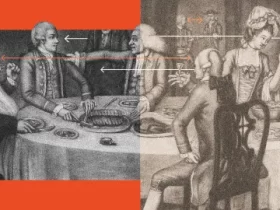
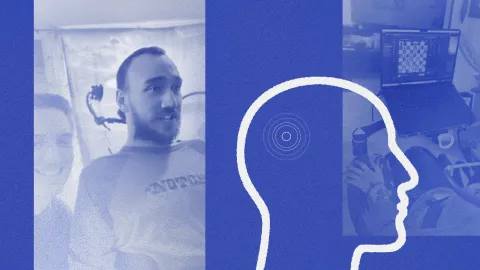




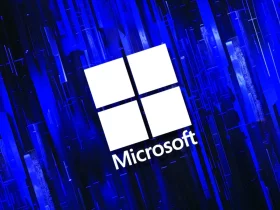
Leave a Reply